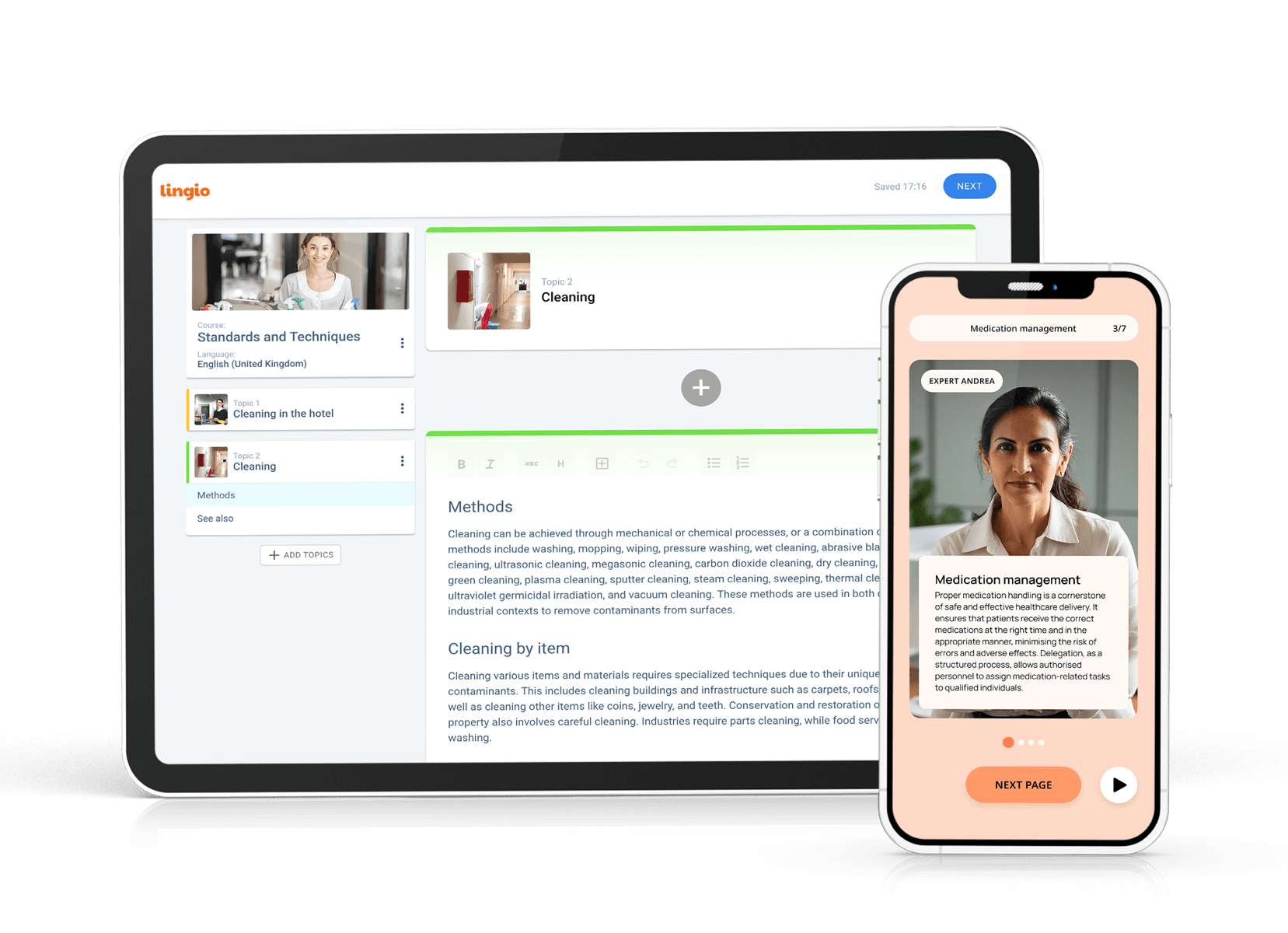Coaching your employees is crucial to building a successful and high-performing team. Workplace coaching is a powerful tool for enhancing employee productivity, efficiency, and communication within teams. When done effectively, coaching can unlock the potential in your employees, improve their skills, and ultimately drive better results for your company. This article will explore the value of coaching employees in the workplace and provide 15 practical tips to enhance your employee coaching strategies.
What is employee coaching?
Coaching is a powerful tool that enables managers and leaders to support their employees’ growth and development. A strong coaching relationship is essential for fostering effective dialogue, providing feedback, and revising goals. It involves a collaborative partnership where the coach helps employees identify their goals, overcome challenges, and maximise their potential. By investing time and effort into coaching, you can cultivate a culture of continuous learning and improvement within your company.
Effective coaching involves active listening, asking thought-provoking questions, and providing constructive feedback. Coaching conversations aren’t about giving solutions but guiding individuals to find their own answers and solutions. This approach fosters independence and self-reliance in employees, empowering them to take ownership of their development and career progression.
Furthermore, coaching employees is not limited to one-on-one interactions. Group coaching sessions can also be highly beneficial, allowing team members to learn from each other, share experiences, and build a sense of camaraderie. These sessions can boost morale, enhance collaboration, and strengthen relationships within the team, ultimately leading to improved employee performance and job satisfaction.
The value of coaching employees in the workplace
Coaching is vital in creating a positive work environment and fostering employee engagement. An effective coach can significantly enhance employee productivity and morale by understanding team dynamics and individual skill sets. It demonstrates your commitment to your employees’ professional development, boosting their loyalty and motivation. Effective coaching also improves communication skills and strengthens relationships within the team, leading to increased productivity and efficiency.
Furthermore, coaching provides employees a platform for continuous learning and skill development. By offering regular feedback and guidance, coaches help employees identify their strengths and areas for improvement, enabling them to reach their full potential. This focus on personal growth benefits the individual and contributes to the organisation’s overall success.
Moreover, each coaching session can be tailored to suit the specific needs of different employees. Whether helping new team members adapt to their roles or supporting a seasoned employee in taking on new challenges, personalised coaching sessions can significantly impact them. This individualised approach shows that you value each employee as a unique contributor to the team, fostering a culture of inclusivity and support.
15 practical tips for effective employee coaching
1. Set clear coaching goals
Before embarking on your coaching journey, clearly define the objectives you want to achieve. Coaching is not solely a remedial action for poor performance but a proactive tool for growth and improvement for all employees. Set SMART goals (specific, measurable, achievable, relevant, time-based) that align with the individual’s role and the company’s overall strategy. This clarity will provide a framework for the coaching process and enable you to track progress effectively.
2. Adopt a personalised approach
Recognise that each employee is unique and has new skills, strengths, and areas for improvement. Tailor your coaching approach to their individual needs and preferences. Adopting a personalised approach to leadership coaching can address specific challenges and help individuals develop their full potential.
3. Foster open communication
Establish trust and open communication where employees feel comfortable sharing their aspirations, concerns, and ideas. Actively listen to their perspectives and encourage dialogue. By fostering a culture of open communication, you can gain valuable insights and ensure that coaching sessions are collaborative and impactful.
4. Practice active listening
Listening is a fundamental skill in successful coaching. Practice active listening by fully engaging in conversations, paying attention to verbal and non-verbal cues, and refraining from interrupting. When employees feel heard and understood, they are more likely to embrace feedback and take ownership of their development.
5. Promote self-reflection
Encourage employees to reflect on their strengths, areas for improvement, and growth opportunities. Help them gain self-awareness by asking thought-provoking questions and encouraging self-assessment. Self-reflection enhances learning and empowers individuals to take responsibility for their own development.
6. Encourage solution-focused thinking
Guide employees towards adopting a solution-focused mindset. Encourage them to identify potential solutions to challenges and focus on what can be done rather than dwelling on problems. By using problem-solving and fostering solution-focused thinking, you empower employees to take proactive measures and embrace continuous improvement.
7. Utilise strength-based coaching
Recognise and harness your employees’ strengths. Help them understand their unique talents and how they can leverage them to excel in their roles. Encouraging a strengths-based approach enhances employee engagement, motivation, and overall performance.
8. Incorporate real-world learning
Support employees in applying their learning to real-world situations. Provide opportunities for them to practice new skills and receive feedback in a safe and supportive environment. This bridge between theory and practice accelerates learning and enables employees to transfer knowledge effectively.
9. Provide constructive feedback
Deliver feedback in a constructive and timely manner. Focus on specific behaviours, provide examples, and offer suggestions for improvement. By delivering feedback effectively, you can help employees understand their strengths and areas for development, motivating them to grow and enhance their performance.
10. Model desired behaviours
Lead by example and demonstrate the behaviours you expect from your employees. Your actions speak louder than words, so ensure your behaviour aligns with the executive coaching principles you advocate. Modelling desired behaviours positively influences and reinforces learning throughout the coaching process.
11. Support goal setting
Guide employees in setting meaningful goals that align with their aspirations and the company’s objectives. Encourage them to establish short-term and long-term goals and develop action plans. By supporting goal setting, you provide a clear direction and foster a sense of purpose among employees.
12. Create accountability structures
Establish accountability mechanisms to track the organisation’s progress and ensure employees stay committed to their goals. Regular check-ins and performance reviews enable you to provide ongoing support, celebrate achievements, and address potential obstacles. Accountability structures instil a sense of responsibility and drive continuous improvement.
13. Encourage continuous learning
Promote a culture of lifelong learning within your company. Encourage employees to seek development opportunities, attend training, and engage in self-directed learning. By fostering a thirst for knowledge, you enable employees to stay ahead in an ever-evolving business landscape.
14. Leverage peer coaching
Encourage peer-to-peer learning and coaching within your team. Create opportunities for employees to share their expertise, provide feedback, and learn from one another. Peer coaching enhances collaboration, builds trust, and expands your organisation’s knowledge pool.
15. Be open to creativity and out-of-box thinking
Encourage creativity and out-of-box thinking in the successful coaching employees process. Provide opportunities for employees to explore new ideas, experiment, and think innovatively. This open-mindedness will foster a culture of innovation and enable employees to adapt to future challenges.
Implementing successful coaching in your company in 2025
To successfully implement coaching within your company, it is essential to create a supportive infrastructure. Provide training and resources for managers to develop their coaching and leadership skills. Foster a culture that values learning and growth and recognises and rewards coaching efforts. You can create a positive and productive work environment by embedding coaching at all levels of your organisation.
One key aspect of implementing coaching in your company is establishing clear goals and expectations for the coaching process. This involves setting specific objectives for the company objectives, the coaches, and the employees receiving employee coaching, ensuring everyone is aligned towards the same outcomes. Reviewing and revising these goals can help track progress and make necessary adjustments to improve the effectiveness of the coaching programme.
Furthermore, creating a feedback loop within the coaching framework is important. Encouraging open and honest communication between coaches and employees can lead to valuable insights and improvements in performance. Constructive feedback should be given promptly, focusing on specific behaviours and actions to facilitate growth and development. By fostering a culture of continuous feedback, you can enhance the impact of coaching initiatives and drive positive change throughout the organisation.
Maximising Team Potential Through Effective Employee Coaching
Employee coaching is a powerful tool that can transform the performance and development of employees. It goes beyond simply providing guidance and support; effective coaching involves creating a nurturing environment where individuals can thrive and reach their full potential. These practical tips can enhance your new skills and positively impact your team's growth, career development, and success.
Remember, coaching is an ongoing process that requires dedication and commitment. It is not a one-time event but a continuous learning and improvement journey. By investing in the development of all your employees through effective coaching, you are shaping their future and contributing to your organisation's overall success.
Effective employee coaching is an investment that yields significant returns. By following these 15 practical tips, you can enhance your coaching strategies and unlock your employees' potential. Remember, successful employee coaching is a continuous process that requires dedication and adaptability. With the right approach and commitment, you can cultivate a high-performing team and drive your company's success.
Empower your team's growth and maximise their potential with Lingio's innovative learning solutions. Tailored specifically to enhance your coaching strategies, Lingio offers an engaging, personalised platform that seamlessly integrates into your coaching initiatives. Discover how Lingio can elevate your employee coaching experience, fostering a culture of continuous learning and development. Embrace the future of coaching with Lingio and unlock your team's full potential. Start your journey with Lingio and transform coaching in your organisation today.

Ready to transform your coaching approach and unlock your team's full potential? Book a demo with Lingio today and see how our innovative learning solutions can revolutionise employee development in your organisation.
FAQs
1. What makes coaching different from traditional training?
Coaching is a personalised process focused on guiding employees to discover solutions and improvements, unlike traditional training, which often involves teaching specific skills or knowledge in a more general format.
2. How often should employee coaching sessions be conducted?
The frequency of coaching sessions can vary based on individual needs and personal goals but should be regular enough to ensure consistent progress and support.
3. Can coaching be effective in a virtual environment?
Yes, coaching can be conducted virtually through video calls, online collaboration tools, and digital feedback platforms, allowing for flexibility and continuity in remote work settings.
4. How do you measure the effectiveness and personal level of coaching in the workplace?
Effectiveness can be measured by setting specific, measurable goals at the start of the executive coaching conversations, tracking progress towards these goals, gathering frequent feedback from the employees being coached, and observing improvements in their performance and engagement.
5. Is employee coaching suitable for all employees?
Coaching can benefit all employees, regardless of their role or level, as it focuses on personal and professional growth tailored to each individual’s needs and aspirations.
6. How can managers develop their coaching conversation skills?
Managers can improve their coaching time management skills through formal training programs, mentorship from experienced coaches, practising active listening and empathy, and continuously seeking feedback to refine their approach.
7. What role does feedback play in the employee coaching process?
Feedback is a crucial component of coaching, providing employees with insights into their performance and areas for improvement while promoting open communication and trust between the coach and the employee.
8. Can coaching address underperformance issues?
Yes, coaching can effectively address underperformance by helping employees identify the underlying causes, develop actionable improvement plans, and build the skills and confidence needed to enhance their performance.


Table of contents
Intro
What is coaching?
The value of coaching employees in the workplace
15 practical tips for effective employee coaching
Implementing coaching in your company
Maximising Team Potential Through Effective Employee Coaching
FAQs


